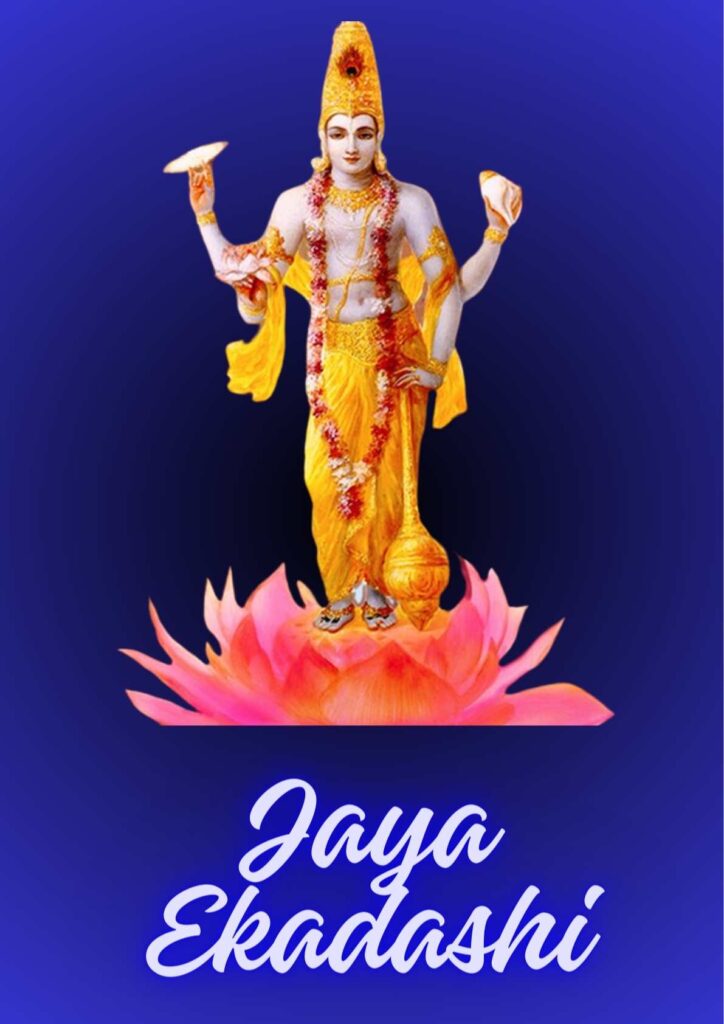
Ekadashi Tithi Begins: at 08:49 AM on Feb 19, 2024
Ekadashi Tithi Ends: at 09:55 AM on Feb 20, 2024
Parana Time – On 06:55 AM to 09:11 AM
Note: “Parana” is the breaking of the fast. Ekadashi Parana is observed on the next day of Ekadashi fast after sunrise within Dwadashi Tithi.
Breaking the Ekadashi fast, known as Parana, signifies the conclusion of the fast. Parana should ideally be performed after daybreak on Ekadashi day, preferably before the end of Dwadashi. It is essential to complete Parana within the Dwadashi Tithi; failure to do so is considered sinful. Even during Hari Vasara, the Ekadashi fast should be observed, and devotees fasting on Hari Vasara should wait until the fast concludes. Hari Vasara Dwadashi Tithi marks the beginning of the first quarter period. Breaking the fast in the morning yields the most benefits, while doing so in the afternoon should be avoided. If unable to perform Parana in the morning, it should be done in the afternoon.
At times, the Ekadashi fast extends over two days. Family members should fast on the first day of Ekadashi as it transitions to the “Second Fortnight Day” on the second day. According to sages, those seeking salvation should fast on Duji Ekadashi. Duji and Vaishnava Ekadashis fall on the same day, requiring worshippers of Lord Vishnu to fast on both Ekadashi days.
Jaya Ekadashi Vrat Katha:
In ancient times, a grand festival was held in the Nandan forest, where monks and aspiring sages gathered with the deities for a day of chanting and celebration. Among the performers were Mallyavan, a Gandharva singer, and Pushyavati, a skilled dancer. Pushyavati, captivated by Mallyavan’s charm, began to seduce him, leading Mallyavan to reciprocate her feelings and forget about his partner, Suratal. Their lack of harmony disrupted the festival’s vibrance, angering Devraj Indra, who banished them both to Earth.
They found themselves living as demons in the dark Himalayan woods, consumed by remorse for their actions and yearning for redemption. On Magh Shukla’s Jaya Ekadashi, they subsisted solely on tuber roots and slept beneath a peepal tree, seeking forgiveness and pledging to never repeat their mistakes. When they awoke the next morning, they found themselves liberated from their cursed existence, unaware that it was Jaya Ekadashi and they had inadvertently fasted for it. Lord Vishnu’s grace was upon them, emancipating them from their demonic form. Astonished by their transformation, Devraj Indra questioned them about obtaining redemption from the curse. They explained the impact of Jaya Ekadashi fasting, leading people to believe that observing this fast cleanses them of sins ever since.
Jaya Ekadashi Vrat Vidhi and Puja Vidhi:
1. Begin your day by bathing during the Brahma Muhurta, the auspicious time before sunrise.
2. Thoroughly clean the place of worship and sprinkle Gangajal or holy water.
3. Install idols or images of Lord Vishnu and Lord Krishna in the shrine.
4. Commence the worship immediately after placing the idols.
5. While offering worship, recite devotional songs dedicated to Lord Krishna, Vishnu Sahasranama, and Narayan Stotra.
6. Offer prasad, coconut, water, basil leaves, fruits, incense sticks, and flowers to the deities.
7. Recite mantras during the worship with devotion.
8. On Dwadashi, the next day, break your fast only after completing the worship rituals.
9. After the worship, offer food to Brahmins and present them with janeu (sacred thread) and betel nut.
10. Eat only after completing this ritual of Jaya Ekadashi and serving food to Brahmins on Dwadashi.